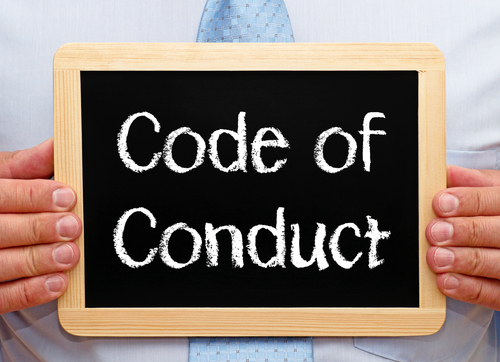Many times, when employers receive an Occupational Safety and Health Administration (OSHA) citation—if not most times—they claim it wasn’t their fault, but rather the employee did something stupid. OSHA recognizes such a defense, called the “employee misconduct” defense. It is an affirmative defense, meaning the employer has the burden of proof in establishing the misconduct.
How to Prove
To prove misconduct, you must show:
- An established work rule, if followed, would have prevented the violation;
- The work rule was adequately communicated to the employees;
- You have taken steps to discover violations; and
- You have effectively enforced your safety rules.
In establishing the first element—that the work rule existed—you must show you had an “employer directive that requires or prescribes certain conduct.” The rule must match the violation at issue and may not be too general in nature.
You then must prove you communicated the rule to your employees. Although not necessarily required, it’s always a good idea to have safety and other training documented with the topic listed and employee attendance names and/or signatures included. This kind of recordkeeping is critical because employees often have forgotten all of the safety training they have had when interviewed by OSHA.
Next, you must show you have taken steps to discover safety rule violations. Examples include supervisor and safety audits—both written and unwritten. You must prove you monitor for violations and address them when found.
Finally, you must show you enforce safety rules by disciplining employees who violate them. You must have a discipline program that includes discipline for safety violations. You should document all disciplinary actions—even when employees receive only a verbal warning. Without evidence of any of the above elements, the misconduct defense will fail.
What Happens When You Don’t Prove It?
The 5th Circuit recently decided a case addressing the misconduct defense. The employer received a citation for a safety violation and asserted, as a defense, that the violation was a result of employee misconduct.
An administrative law judge (ALJ) with the Occupational Safety and Health Review Commission (OSHRC) ruled the employer didn’t have an established work rule specifically addressing the violation, and the training on the rule was insufficient. As such, the employee misconduct defense failed. The 5th Circuit agreed, affirming the ALJ’s decision, and the citation was upheld. Southern Hens, Inc. v. OSHRC, No. 18-60436 (5th Cir., July 18, 2019).
Takeaway
The 5th Circuit’s decision highlights the importance of having specific work rules on which employees are thoroughly trained, a mechanism for discovering and reporting safety violations, and an effective disciplinary process when violations are discovered or reported. Of course, it’s always advisable and preferred that your safety rules and procedures are effectively communicated to your employees in writing.
Jane Heidingsfelder is a partner in Jones Walker’s labor relations and employment practice. She can be reached in New Orleans at jheidingsfelder@joneswalker.com.
